These creatures are known to cause significant damage to a variety of plants, turning a once vibrant garden into a landscape of half-eaten leaves and stems.
Planting Guide: When Is the Best Time to Plant Kangaroo Paws and How to Prepare the Soil?
Kangaroo paws (Anigozanthos) are a unique and striking addition to any garden, with their vibrant floral colours and unusual shape. However, like any plant, they have their own specific needs and ideal conditions for planting. Understanding these requirements helps ensure their healthy growth and development.
There are 11 different natural species of kangaroo paws recognised by botanists, each with its own unique characteristics. The most common species, Anigozanthos flavidus, is known for its robustness and ability to tolerate a variety of soil types. Other species, such as Anigozanthos manglesii, are more delicate and require specific growing conditions.
Plants breeders have bred plants with a range of desirable traits, such as extended flowering periods as is the case with Everlasting Gold™Anigozanthos hybrid ‘KP02’ and the larger Everlasting Mega Gold™Anigozanthos hybrid ‘KP03’. These kangaroo paws will flower all year round in the right conditions.
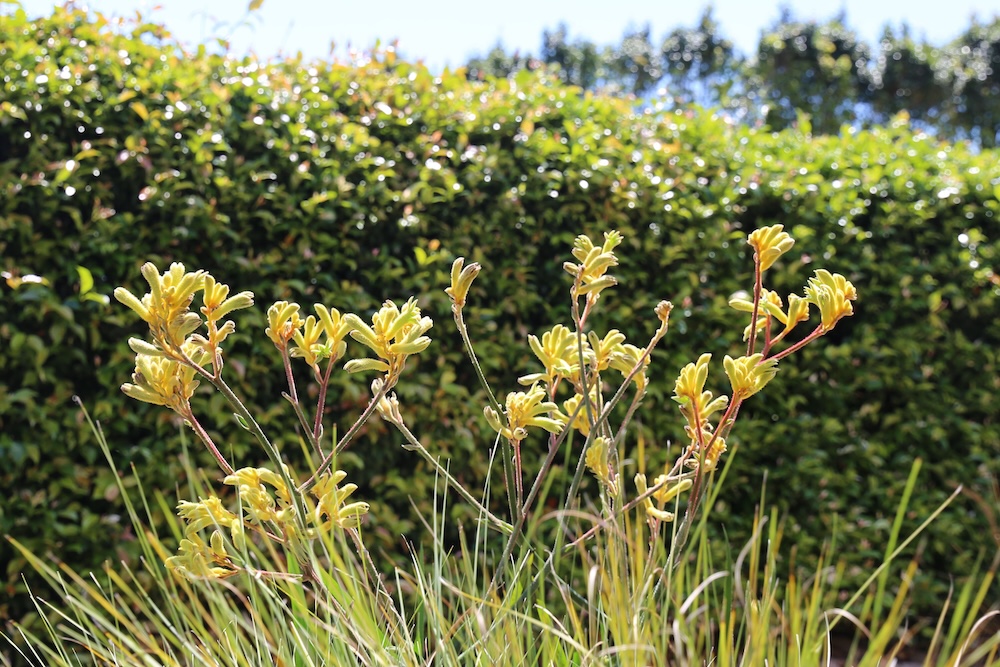
The Growth Cycle of a Kangaroo Paw in the Wild
Seedling Stage (Autumn – Winter)
The journey of a kangaroo paw begins as a seed. In the wild, the seeds of kangaroo paws are dispersed by wind or animals. Once the seed finds a suitable spot, it settles into the soil and waits for the conditions to be right.
With the arrival of autumn rains, the seeds absorb water and germination commences. This stage of the kangaroo paw’s life cycle continues through winter, as the young seedlings take advantage of the cooler weather and ample moisture to establish their root systems and begin growing their first leaves.
Juvenile to Adult Stage (Spring – Summer)
As spring arrives, the young kangaroo paw plants enter a period of rapid growth. This is when they develop their distinctive sword-shaped leaves. Plants may take one or more years to establish before they’re ready to grow their first flowers.
By late spring to early summer, the mature kangaroo paws are ready to bloom. Their tall flower spikes emerge, adorned with the unique, paw-like flowers that give them their common name.
Each flower contains both male and female reproductive parts, and pollination is typically carried out by birds, insects or mammals attracted to the flowers’ nectar.
Seed Dispersal (Late Summer – Autumn)
After pollination, the flowers develop into seed pods. By late summer, these pods dry out and split open, releasing the seeds. The seeds are then dispersed by wind or animals, ready to begin the cycle anew the following autumn.
It’s worth noting that not all kangaroo paw plants will complete this cycle every year. Some species, particularly those in regions with harsh climates, may remain in a vegetative state during difficult years, conserving their resources until conditions are more favourable for flowering and seed production.
When to Plant Kangaroo Paws
The best time to plant kangaroo paws generally falls between autumn and early spring. This gives the plants ample time to establish themselves before the flowering season begins. Seasonal planting also allows the plants to take advantage of the cooler weather and rainfall in certain climates, reducing the need for supplemental watering.
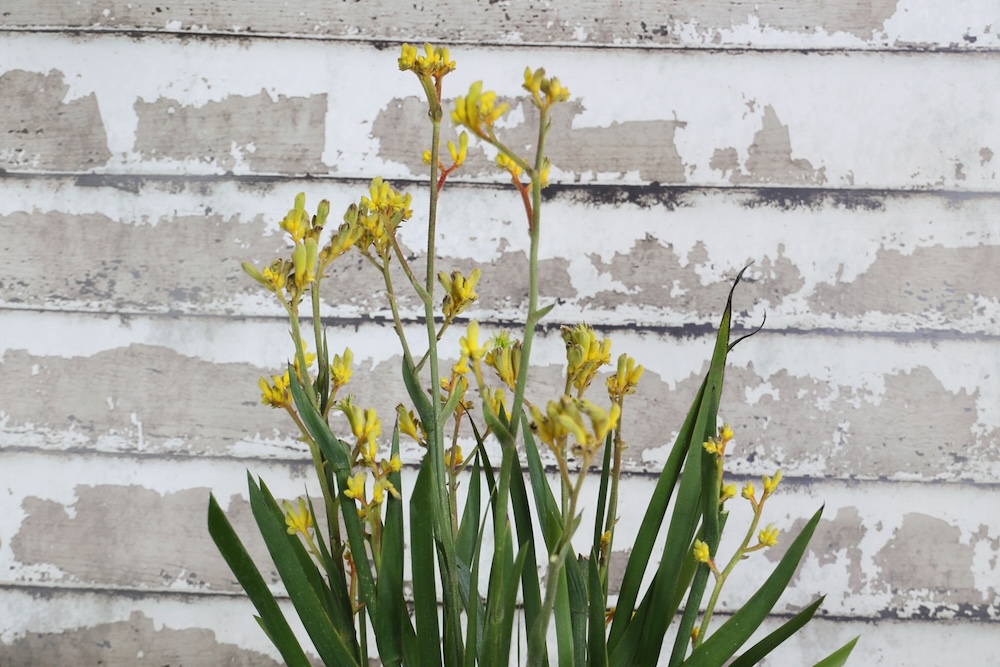
Planting Kangaroo Paw Tube Stock
Tube stock refers to young plants that have been grown in small tubes – you’ll usually pick them up at a retail nursery. These plants, including those grown from tissue culture, offer several benefits over seeds or larger plants. They’re easier to handle, cheaper to buy, and they transition more easily when planted out.
Planting kangaroo paw tube stock should ideally be done during the cooler months, allowing them to establish a strong root system before the warmer, drier months arrive.
Growers have more control over the characteristics of cloned plants than they do with plants grown from seeds because they’ve selected desirable genetics.
Sowing Kangaroo Paw Seeds
While planting from seed can be a rewarding process, it’s important to note that seeds have unique genetics compared to cloned plants. This means that you can’t guarantee the exact characteristics of the resulting plants.
The journey from seed to plant starts with careful preparation. Kangaroo paw seeds should ideally be sown in late winter or early spring, under a fine layer of soil. They need light to germinate, so avoid covering them too deeply.
For successful germination, maintain consistent moisture levels in the soil but avoid waterlogging. Protect the seeds from extreme weather conditions and be patient – germination can take several weeks. Once the seedlings are large enough to handle, they can be transplanted into their permanent positions in the garden just like tube stock that you buy at a retail nursery.
As we’ve discussed above, it might take a year or more for immature kangaroo paws to grow flowers even in ideal conditions.
Preparing the Soil for Kangaroo Paws
Kangaroo paws prefer well-drained soils and sunny locations. The success of these unique plants depends largely on soil preparation before planting.
Step-by-Step Soil Preparation
The ideal soil for kangaroo paws is loose, well-draining, and rich in organic matter.
Here’s a step-by-step guide on how to prepare the soil:
- Test the Soil: Before planting, it’s important to test the soil’s pH level and structure. Kangaroo paws prefer slightly acidic to neutral pH levels (6.0-7.0) and a well-draining structure.
- Dig: Use a shovel or mechanical auger to loosen the soil as deep as the root ball and at least twice as wide. This helps improve drainage and enables the roots to penetrate the soil more easily, without encouraging the plant to sink deeper than intended over time.
- Plant: Place your plant into the hole – ensure the leaves are in the air and roots are in the ground. Spacing depends on the size of mature plants – check your variety’s label’s specific instructions.
- Add Organic Matter: Mix a generous amount of organic matter such as compost or well-rotted manure into the soil, and then backfill around the root ball. This will improve the soil structure, water holding capacity, and provide nutrients for the plant.
- Water Well: Give you plants a good drink, preferably with a bit of liquid seaweed solution. They’re going to need it because they’ll experience some shock during transplanting.
- Mulch: Add some well-draining mulch which will protect the soil from cooking in the hot sun. Again, make sure that the leaves are fully in the air and the roots are fully submerged. We don’t want to bury the leaves in mulch, which will encourage fungal pathogens to take hold.
Caring for Your Kangaroo Paws Post-Planting
After planting, kangaroo paws require regular care to ensure healthy growth and abundant flowering.
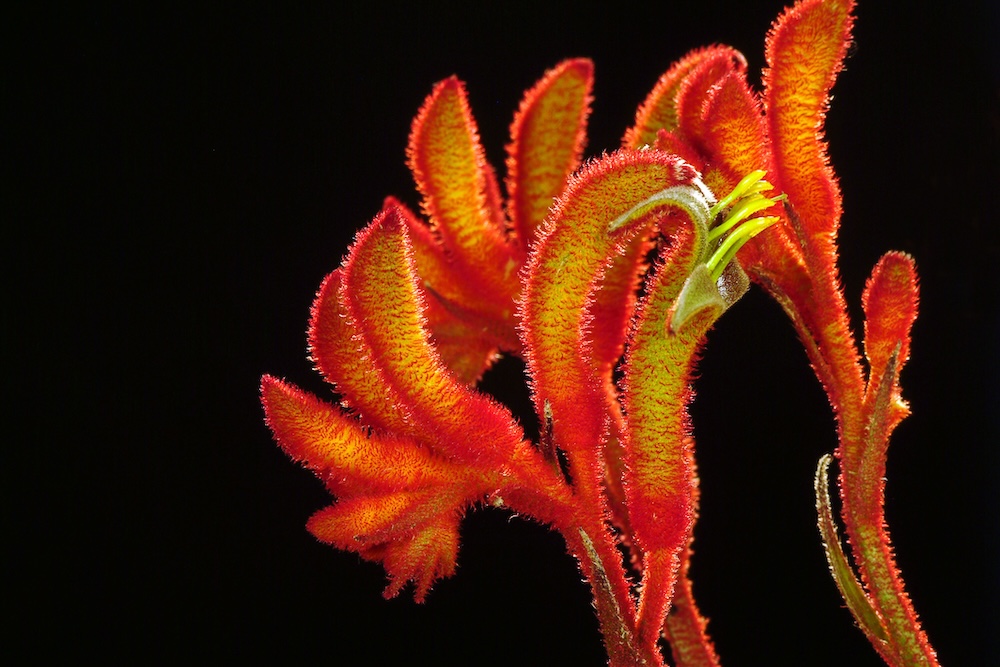
Common Pests and Diseases
Kangaroo paws are generally hardy, but they can be susceptible to pests like snails and diseases such as ink disease, a fungal infection that causes blackening of the leaves. Regular inspections and prompt treatment can help keep these issues at bay.
Watering and Feeding Your Kangaroo Paws
Watering should be adjusted according to the season and weather conditions. During the hot summer months, water the plants deeply once or twice a week. In cooler months, watering can be reduced.
Feeding kangaroo paws with a slow-release fertiliser in spring and autumn helps promote healthy growth and flowering. Signs of overwatering or underfeeding include yellowing leaves and poor flower production. Adjust watering and feeding as necessary to ensure your kangaroo paws thrive.
Some kangaroo paws have been reported as sensitive to high levels of phosphorous, particularly the black kangaroo paw (Macropidia fuliginosa), so try a native plant fertiliser if that’s the species you’re growing. Phosphorous deficiency issues are rarely a problem with kangaroo paws, so don’t worry too much about the “P” in the NPK ratio for most varieties.
Pruning and Dividing Your Kangaroo Paws
The best time to prune kangaroo paw dead heads is after flowering, usually several times throughout spring and summer.
Cut back the flower stalks to the base and trim any damaged or diseased foliage. This helps stimulate new flower growth and keeps the plant tidy. You can also remove dead leaves by hand.
You can prune the foliage to make them look neat and tidy, but this does nothing for the plant’s health besides create wounds that it needs to heal and reduce the amount of photosynthesis it can achieve. Some people like the look or pruned kangaroo paws, while others think they look much nicer in their natural shape.
Dividing kangaroo paws can rejuvenate older clumps and provide additional plants for your garden. This is best done in winter when the plants are dormant. To divide, carefully dig up the clump, ensuring you keep as much of the root system intact as possible. Divide the clump into smaller sections, each with a good amount of roots and shoots, and replant immediately.
It’s important to note that kangaroo paw varieties with Plant Breeder’s Rights (PBR) cannot be propagated for sale. They can only be propagated for personal use.
For successful transplanting, plant the new divisions at the same depth they were previously growing and water them in well. Continue to provide regular water until the new plants are established.
Further Reading:

Daniel’s Wrap
Growing kangaroo paws is an excellent choice, provided that your garden has the right conditions. They’re a unique plant with strappy leaves and showy flowers that will provide interest in your garden for at least the warmer months, if not all year if you choose the right cultivar.
Whether you’re sowing seeds, planting tube stock, or dividing existing plants, with careful attention to their needs, kangaroo paws are a great choice for gardeners choosing Australian natives.

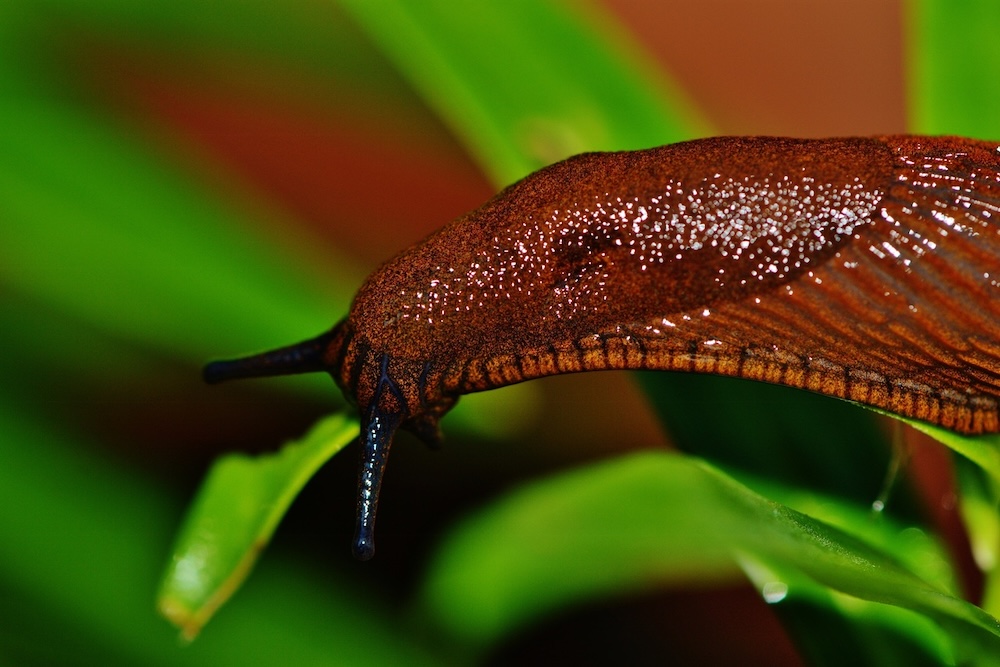
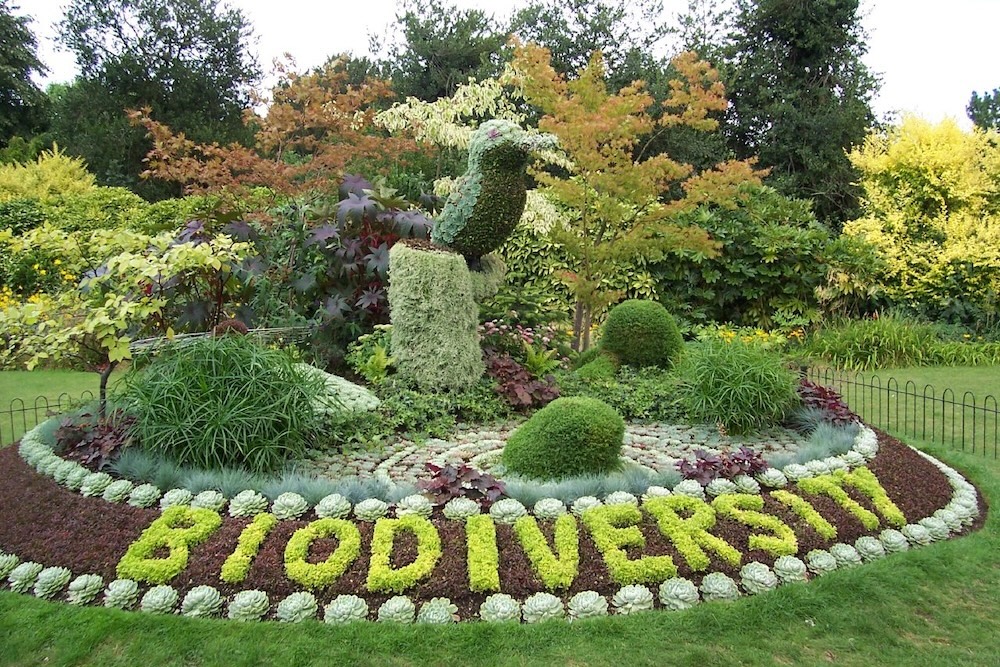
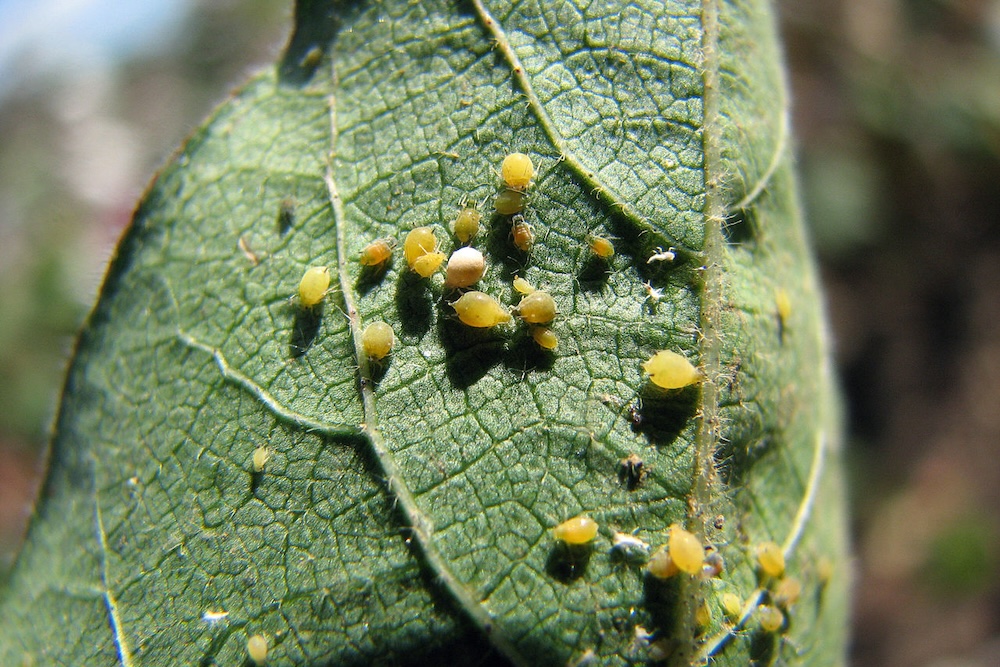
This Post Has 0 Comments